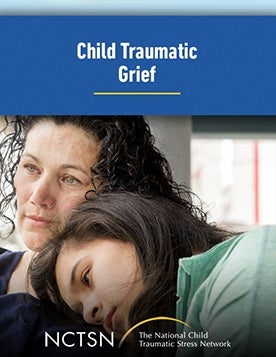
Traumatic Separation in Children and Adolescents
Describes the impact of traumatic separation, attachment, and attachment disruption on children and adolescents.
The following resources on child trauma were developed by the NCTSN. To find a specific topic or resource, enter keywords in the search box, or filter by resource type, trauma type, language, or audience.

Describes the impact of traumatic separation, attachment, and attachment disruption on children and adolescents.
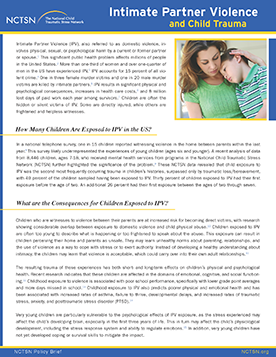
Provides policymakers and other stakeholders with an overview of intimate partner violence (IPV) and its relationship to child trauma, as well as policy-relevant and child trauma-focused recommendations to assist them in their response to intimate partner violence.
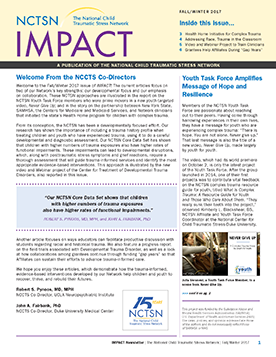
Features Youth Task Force members discussing Never Give Up, a video that offers hope for their peers who have experienced complex trauma.
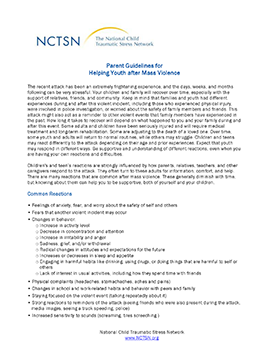
Offers parents guidance on helping their children after a mass violence event. This fact sheet describes common reactions children may have, how parents can help them, and self-care tips after a violent event.
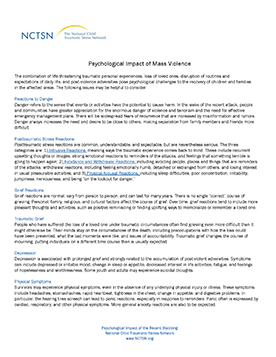
Provides parents and providers with information about the psychological impact of a mass violence event.
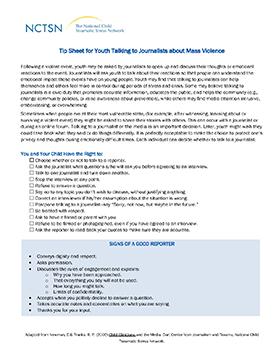
Provides guidance to youth, parents, caregivers, and others who work with youth about talking to the media after a mass violence event. This fact sheet details the rights of a child or adolescent when speaking with the media, as well as the signs of a good reporter.
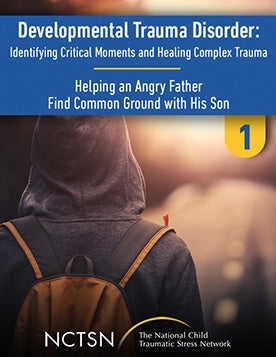
Depicts a father who has been physically violent in the past becoming intensely verbally angry, frightening and emotionally alienating to his son.

Provides clinicians, counselors, and other providers with insights on dealing with the most difficult crises and turning points that occur in therapy with traumatized children and families.
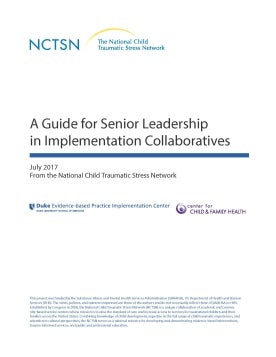
Ensures that organization leadership has basic knowledge of implementation science principles, understands their role, and has the capacity and skill to play that role is critical in any implementation collaborative.
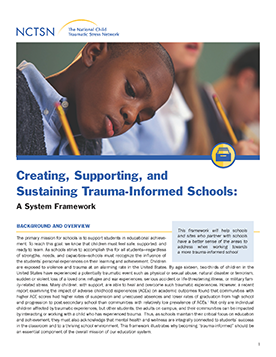
Presents a tiered approach to creating a trauma-informed school environment that addresses the needs of all students, staff, administrators, and families who might be at risk for experiencing the symptoms of traumatic stress.

Helps educators understand how they might address the interplay of race and trauma and its effects on students in the classroom. The guide outlines recommendations for educators and offers a list of supplemental resources.

Features a highly diverse cast of seven adolescents and young adults who examine the shared and unique challenges faced, mistakes made, and growth attained in the struggle to transcend legacies of developmental trauma.